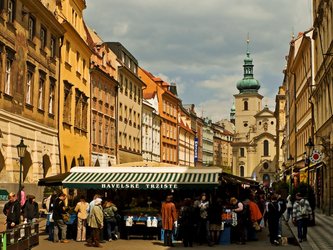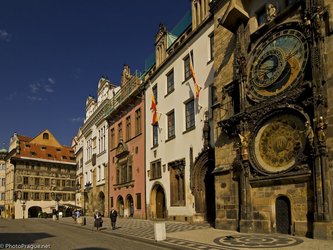House of the Black Madonna
Where
Old Town
Address
Dům U Černé Matky Boží
Today, the House of the Black Madonna is entirely dedicated to the phenomenon of Czech Cubism, which is presented as part of an exceptionally high-quality exhibition from the collections of the Museum of Decorative Arts in Prague.
Vendula, Avantgarde Prague






